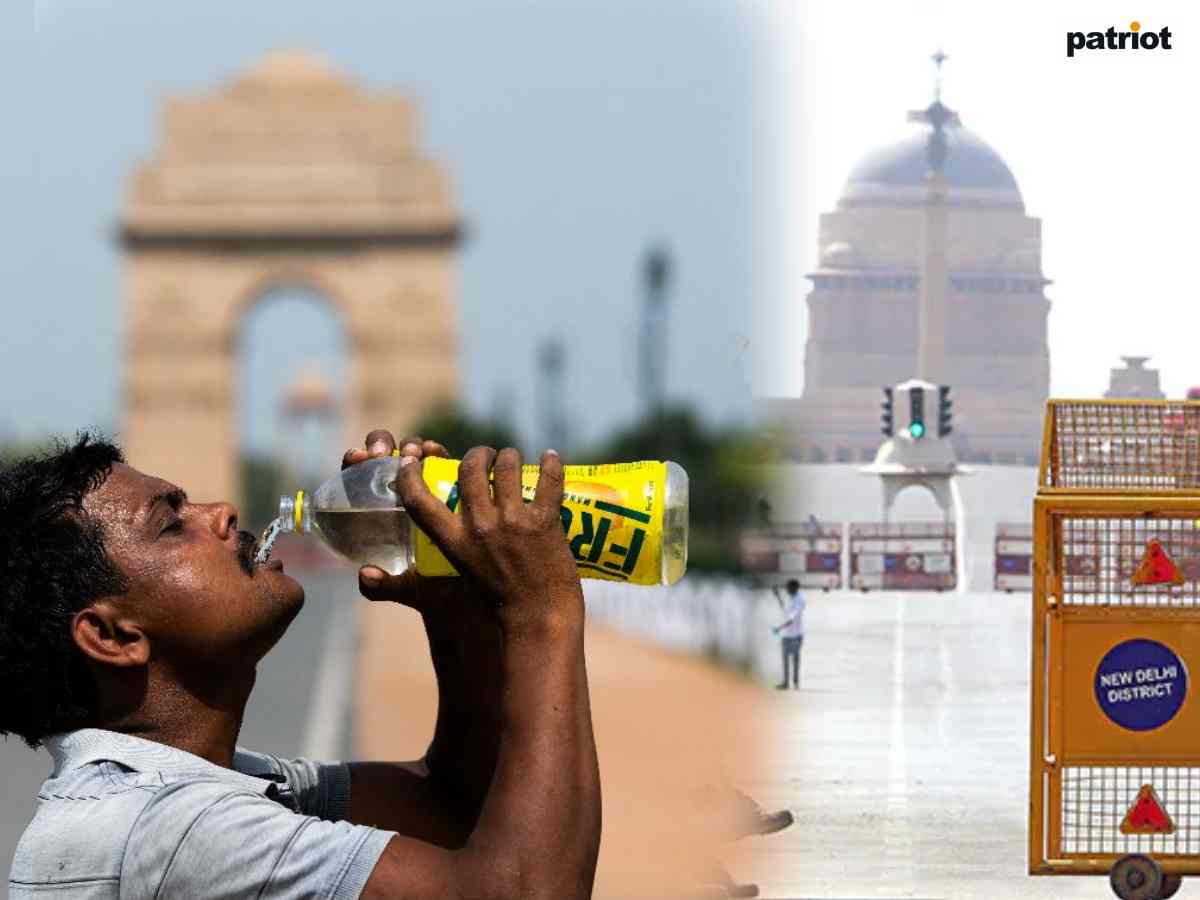Delhi: The maximum temperature in the national capital climbed to a staggering 49.9°C on Tuesday, nine degrees above the seasonal average, at Narela and Mungeshpur. In 2022, the weather stations in these locations recorded 49 degree celsius. However, there is no data available for these stations prior to 2022.
The maximum temperature in Delhi Ridge soared to 47.5°C, while Ayanagar recorded an even higher 47.6°C, both surpassing their previous records. The earlier records were 47.2°C at Ridge on May 16, 2022, and 47.4°C at Ayanagar on May 28, 1988. According to the India Meteorological Department (IMD), this means the Ridge record, held for one year, and the Ayanagar record, held for 36 years, have been broken.
Also read: Delhi LG orders ACB probe into registration of nursing homes after Vivek Vihar fire
Meanwhile, the Safdarjung Observatory, Delhi’s base station, reported a maximum temperature of 45.8°C, eight degrees above the seasonal average, according to IMD data.
Other areas also faced extreme heat, with Pusa, Palam, Najafgarh, and Pitampura recording maximum temperatures of 48.5°C, 47°C, 49.8°C, and 48.5°C, respectively, the weather department stated.
Kuldeep Srivastava, the regional head of IMD, noted that areas like Najafgarh are experiencing sharp temperature increases due to multiple factors, including the influx of hot winds from Rajasthan. “Heatwave conditions are expected to persist over the next few days. Parts of Delhi are particularly susceptible to these early hot winds, exacerbating the severe weather. Areas like Mungeshpur, Narela, and Najafgarh are the first to feel the full impact,” he added.
Weather expert Charan Singh pointed out that open areas and barren land contribute to higher temperatures due to increased radiation.
The Delhi-government run LNJP Hospital has seen a surge in patients affected by the heatwave. “We have seen a high number of patients affected by the heat this week. Yesterday alone, we received nearly 10 patients with heat stroke,” said Dr. Ritu Saxena from Lok Nayak Hospital. Symptoms like fever, headache, vomiting, and unconsciousness are common. She advised avoiding outdoor activities during peak hours and staying hydrated.
Weather officials also forecast a heatwave for the next two days, followed by a new weather disturbance that will affect North India, including the capital.
Delhi’s peak power demand reached 7911 MW at 3:19 pm on Tuesday, according to sources in discoms. “Delhi’s highest ever peak power demand was 8000 MW, recorded on May 22, 2024. BRPL and BYPL successfully met the peak power demand of 3535 MW and 1763 MW in their respective areas,” they added. Before 2024, Delhi’s previous high was 7695 MW, recorded on June 29, 2022.
The increased power demand is attributed to the extreme weather, which has led residents to use more air conditioning and coolers. Air conditioning can contribute 30-50% of a household’s or company’s yearly energy expense.
“Peak power demand in BRPL’s area of South and West Delhi, which reached 3250 MW and 3389 MW during the summers of 2023 and 2022 respectively, is expected to hit around 3680 MW this summer. In BYPL’s area of East and Central Delhi, the peak power demand, which reached 1670 MW and 1752 MW during the summers of 2023 and 2022 respectively, is expected to touch around 1860 MW this year,” they said.
(With inputs from PTI)





